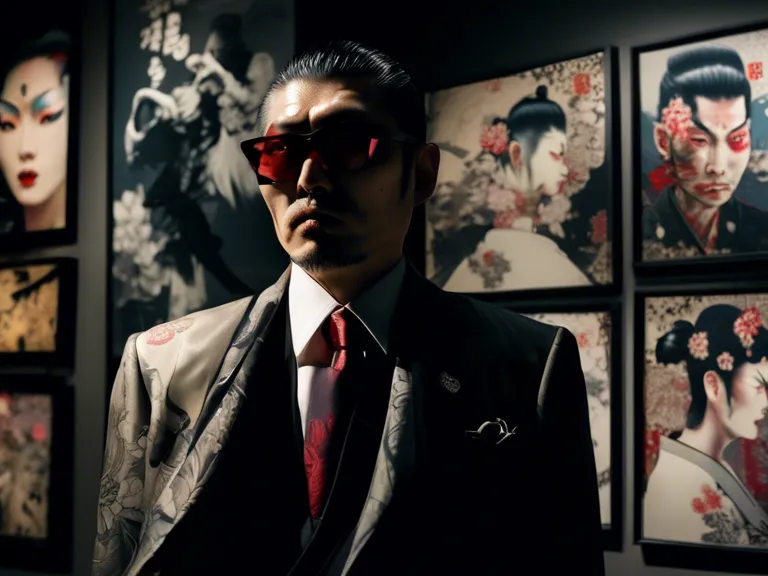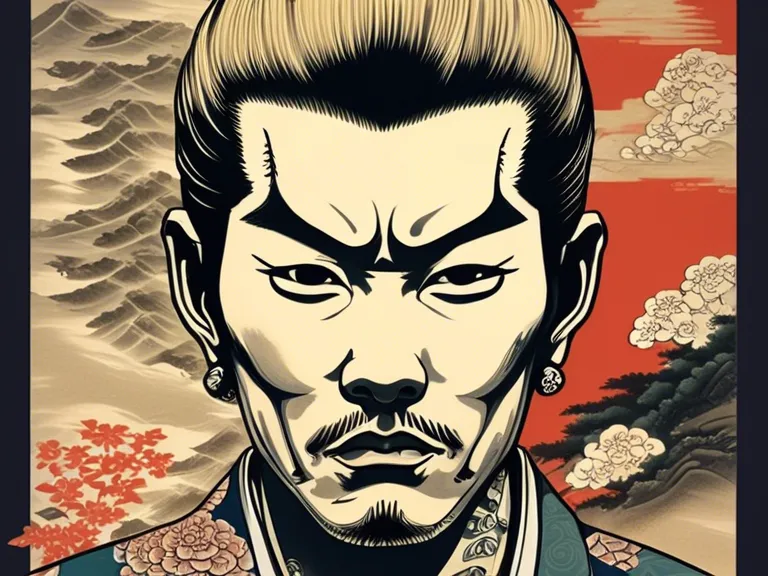
In recent years, the Yakuza has captivated people's imaginations through its portrayal in film, literature, and art. This notorious Japanese organized crime syndicate has become a source of fascination for many, inspiring artists to delve into its mystique and explore its cultural significance. Through contemporary visual art, some creators are capturing the essence of the Yakuza, blending traditional symbols with modern techniques to create stunning pieces that evoke the group's enigmatic presence.
One artist who has gained attention for his unique interpretation of Yakuza culture is Satoshi Hirose. Hirose's work combines elements of traditional Japanese art with a modern sensibility, highlighting the duality of the Yakuza's image as both violent criminals and protectors of community. By incorporating dark colors, intricate patterns, and symbolic imagery, Hirose's pieces offer a glimpse into the complex world of the Yakuza, inviting viewers to contemplate the role of this controversial group in Japanese society.
Another artist pushing the boundaries of Yakuza-inspired art is Ayako Suzuki. Through her use of mixed media and experimental techniques, Suzuki explores themes of loyalty, honor, and tradition commonly associated with the Yakuza. Her pieces often feature bold lines, stark contrasts, and hidden messages, inviting viewers to look beyond the surface and uncover the deeper layers of meaning embedded in her work.
The art of shadows, as some have called it, offers a fresh perspective on the Yakuza, challenging preconceived notions and inviting dialogue about the group's impact on Japanese culture. Through contemporary visual art, artists like Hirose and Suzuki are shedding light on the enigmatic world of the Yakuza, offering a glimpse into its traditions, rituals, and codes of conduct.
